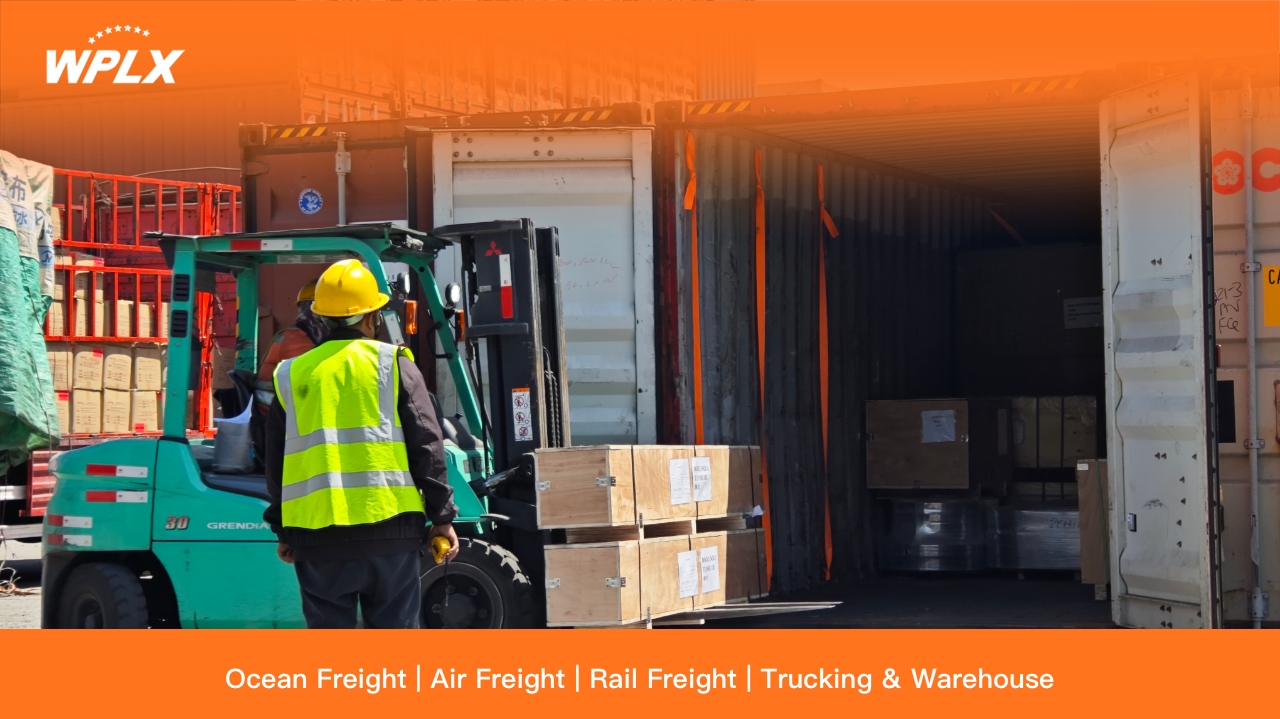
When shipping goods internationally, two primary options dominate: LCL (Less than Container Load) and FCL (Full Container Load). The right choice depends on your cargo volume, budget, and urgency—not just cost. Here’s a breakdown to help you decide:
1. Cargo Volume Determines Your Option
LCL (Less than Container Load)
✅ Ideal for small shipments (typically <13-15 CBM).
✅ Shares container space with other shippers—pay only for the volume you use.
✅ No need to wait until you fill an entire container.
FCL (Full Container Load)
✅ Best for large shipments (≥15 CBM or nearing container capacity).
✅ Exclusive use of a container (20’/40’/40’HQ)—no shared space.
✅ Lower per-unit cost (the more you ship, the more you save).
2. Key Comparisons
| Factor | LCL | FCL |
| Cost | Higher per CBM rate | Lower fixed rate |
| Transit Time | Potentially slower (consolidation) | Faster (direct shipping) |
| Risk | Higher (mixed cargo) | Lower (exclusive use) |
| Flexibility | High (small orders) | Low (must fill container) |
3. When to Choose LCL?
Testing new markets with samples or trial orders.
Limited inventory or seasonal restocking.
No warehouse space for bulk shipments.
4. When to Choose FCL?
Regular, high-volume shipments.
High-value or sensitive goods (minimizes handling).
Prioritizing cost efficiency for large orders.
5. Hidden Considerations
LCL’s hidden costs: Storage fees or additional handling charges may apply.
FCL’s hidden risk: Underutilized container space wastes money.
Still unsure which fits your needs? Our logistics experts can analyze your cargo volume, budget, and timeline to recommend the optimal solution.
📩 Contact Us for free consultation!


